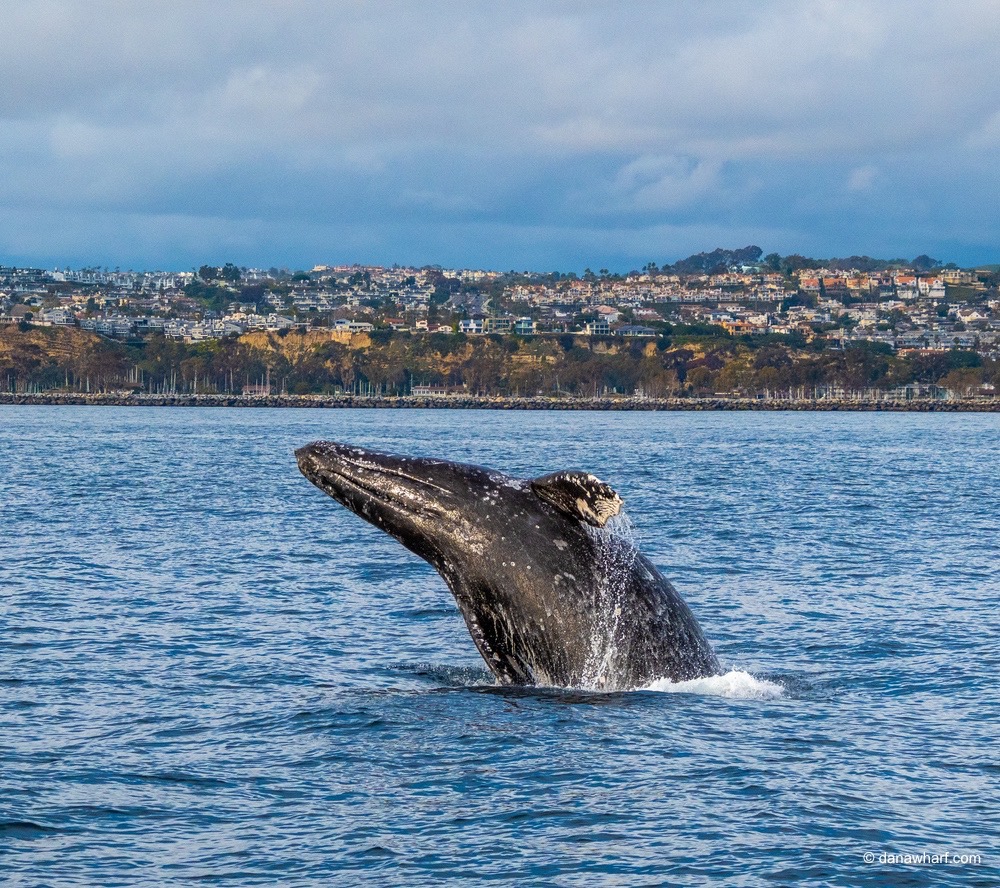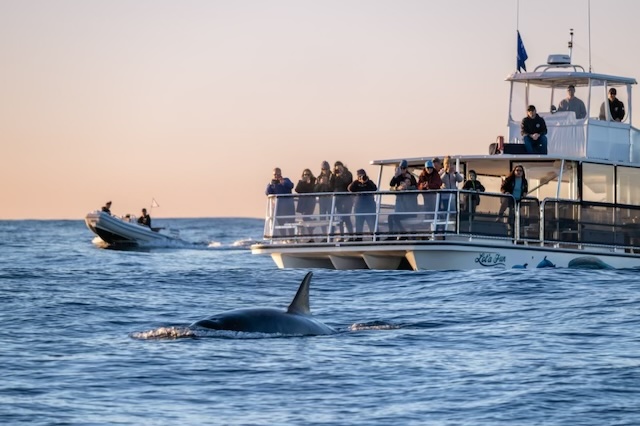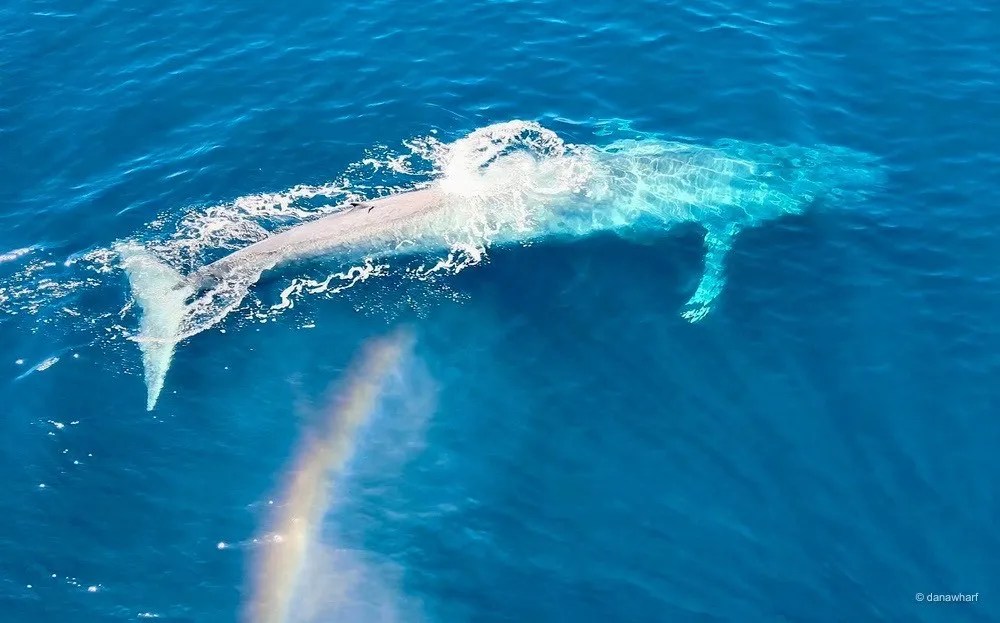Insider Tips for Capturing Stunning Whale Watching Photos
Whale watching is a thrilling experience. Capturing these majestic creatures in their natural habitat is even more exhilarating.
Yet, whale watching photography can be challenging. The unpredictable nature of these marine giants, coupled with the ever-changing ocean conditions, can test even the most seasoned photographers.
In this guide, we’ll share insider tips to help you overcome these challenges. From understanding whale behavior to mastering camera settings, we’ve got you covered.
We’ll also delve into the art of composition in ocean photography. Plus, we’ll discuss the importance of respecting wildlife and their habitats.
Whether you’re planning a trip to capture dana point whale watching photos or simply want to improve your ocean photography skills, this guide is for you.
Understanding Whale Behavior for Better Shots

Understanding whale behavior is key to capturing stunning photos. It helps you anticipate their movements and be ready for the perfect shot.
Whales often show certain signs before breaching. For instance, they might blow or show their flukes. Recognizing these signs can give you a few precious seconds to prepare your camera.
Researching about the specific species you’re photographing can also be beneficial. Different species have unique behaviors that can result in diverse photo opportunities.
Remember, patience is crucial in whale watching photography. It’s a game of waiting for the right moment.
Best Times for Whale Watching Photography
The best time for whale watching photography largely depends on the location and the species. However, some general rules apply.
Early morning and late afternoon often provide the best light for photography. These “golden hours” can add a magical touch to your photos.
In terms of seasons, migration periods usually offer the best opportunities. This is when whales are most active and visible.
Essential Camera Settings for Capturing Whales in Motion
Capturing whales in motion requires specific camera settings. These settings help to freeze the action and produce sharp images.
A fast shutter speed is crucial. It helps to freeze the movement of the whale, especially during dynamic behaviors like breaching. Aim for a shutter speed of at least 1/1000th of a second.
Aperture settings also play a role. A wide aperture (low f-number) allows more light in, which can help maintain a fast shutter speed. However, a narrower aperture (higher f-number) will give a greater depth of field.
ISO settings are equally important. In bright conditions, a low ISO is preferable to reduce noise. In darker conditions, you may need to increase the ISO.
Remember, these are starting points. You’ll need to adjust these settings based on the specific conditions of your shoot.
The Role of Lighting in Ocean Photography

Lighting is a key factor in ocean photography. It can dramatically affect the mood and quality of your whale watching photos.
The best time for lighting is often during the golden hours. This is the time around sunrise and sunset when the light is soft and warm.
However, don’t be discouraged by overcast conditions. They can provide diffused light, reducing harsh shadows and glare.
Experiment with different lighting conditions to see what works best for your style of photography.
Stabilizing Your Shot on a Moving Boat
Photographing from a moving boat can be challenging. The motion of the boat can lead to blurry images.
One technique to counteract this is to use a faster shutter speed. This can help freeze the motion and produce sharper images.
Another tip is to keep your elbows tucked in. This can provide additional stability when shooting handheld.
Remember, practice makes perfect. The more you shoot in these conditions, the better you’ll get.
Utilizing Filters: Polarizing for Clarity and Color
Polarizing filters can be a game-changer in ocean photography. They can reduce glare and enhance the colors in your photos.
By reducing the glare from the water, you can capture more detail. This can make your whale watching photos more vibrant and clear.
Remember to adjust the filter as needed. The effect can vary depending on the angle of the sun.
Composing Your Whale Watching Photos

Composition is key in creating stunning whale watching photos. The rule of thirds can be a helpful guide.
Place the whale at one of the intersecting points. This can create a more balanced and interesting photo.
Consider the background too. A clean, uncluttered background can make the whale stand out.
Also, try to capture the scale of the whale. Including elements like a boat or a person can give a sense of the whale’s size.
Ethical Photography: Respecting Wildlife and Habitat
Photographing whales should be done with respect. It’s crucial to maintain a safe distance.
Avoid causing stress or harm to the whales. Remember, their well-being comes first.
Also, be mindful of the marine environment. Dispose of waste properly to protect their habitat.
Lastly, use your photos to raise awareness about whale conservation. Your images can make a difference.
Gear Protection: Keeping Your Equipment Safe at Sea
Protecting your gear is vital when at sea. Waterproof cases can shield your equipment from splashes.
Also, secure your gear to prevent it from falling overboard. A sturdy strap can be a lifesaver.
Remember, a well-protected camera leads to better whale watching photos.
Post-Processing Techniques to Enhance Your Whale Photos
Post-processing is a crucial step in photography. It can turn a good photo into a great one.
Use editing software to adjust exposure and contrast. This can bring out the details in your whale watching photos.
Consider cropping to improve composition. It can help focus attention on the whale.
Color correction can enhance the overall mood of the image. It can make your photos more vibrant.
Sharing Your Whale Watching Experiences
Sharing your photos can inspire others. It can also raise awareness about whale conservation.
Social media platforms are great for this. They allow you to reach a wide audience.
The Joy of Whale Watching Photography
Whale watching photography is a rewarding pursuit. It combines the thrill of wildlife observation with the creative challenge of photography.
With these tips, you’re well-equipped to capture stunning images. Remember, the journey is as important as the photos you take. Enjoy every moment out at sea.
